How to use a French press – an easy and classic way to delicious coffee
Sometimes you just need to take the plunge

Laura Honey
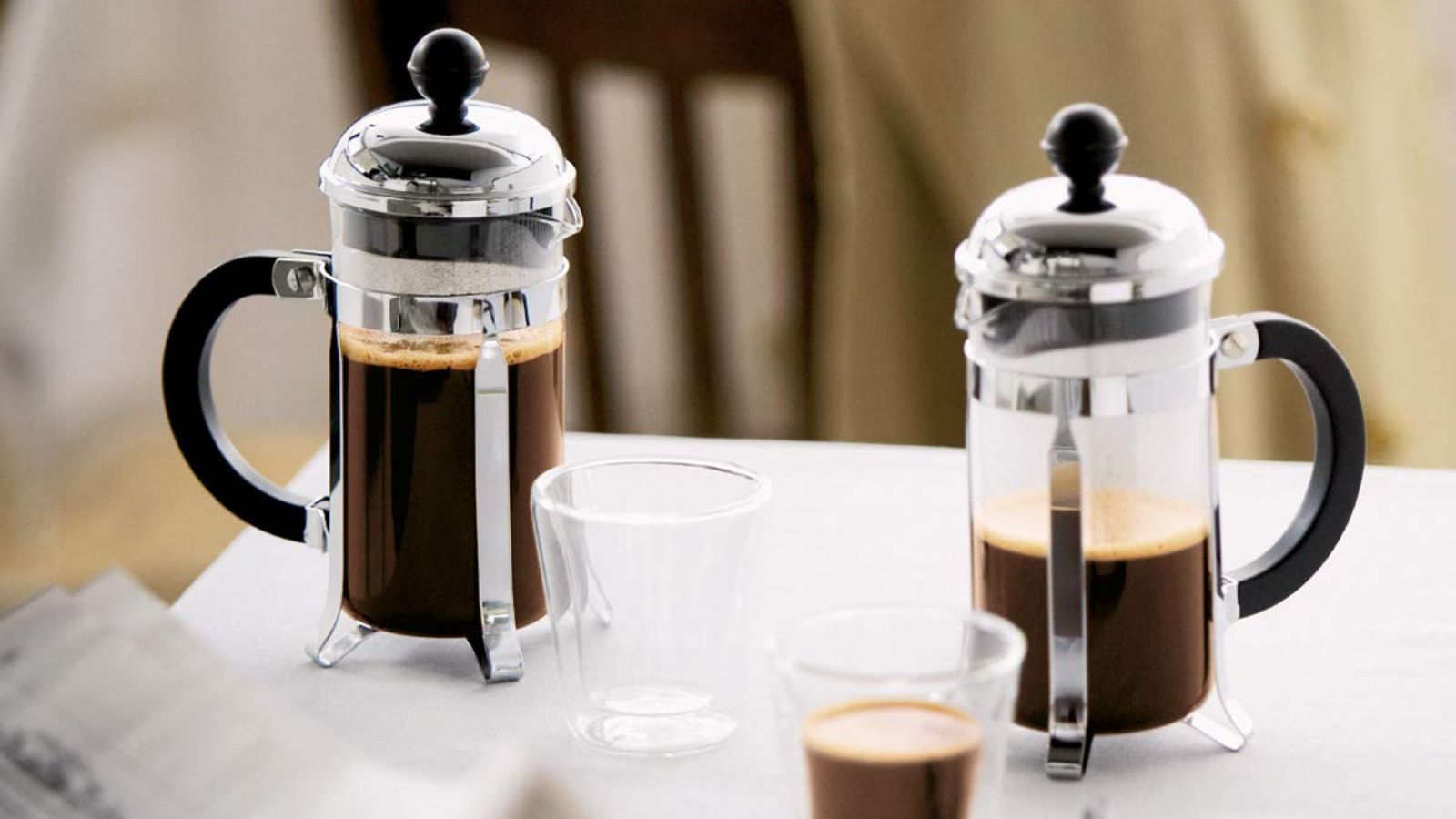
Learning how to use a French press is simple: coffee grounds go in with some hot water, they steep, and then you push the plunger and pour out your coffee. Everyone can do it, but not everybody does it right. There are times, temperatures, and grind sizes that will brew a better cup of French press coffee compared to others.
As a former barista, I like to get into the details of how every coffee maker works. Luckily, all of the best French presses follow the same method. This means that there's a consistent process that makes the perfect cup of coffee. You can adjust the time, temperature, and quantities as you go, but this is a good baseline from coffee novices right up to the experts.
We've got all the details you need to make a delicious cup of coffee as well as advice on how to clean your French press and other things you can brew in a French press. Here's a comprehensive guide for making the most out of your French press coffee maker.
What is a French press?
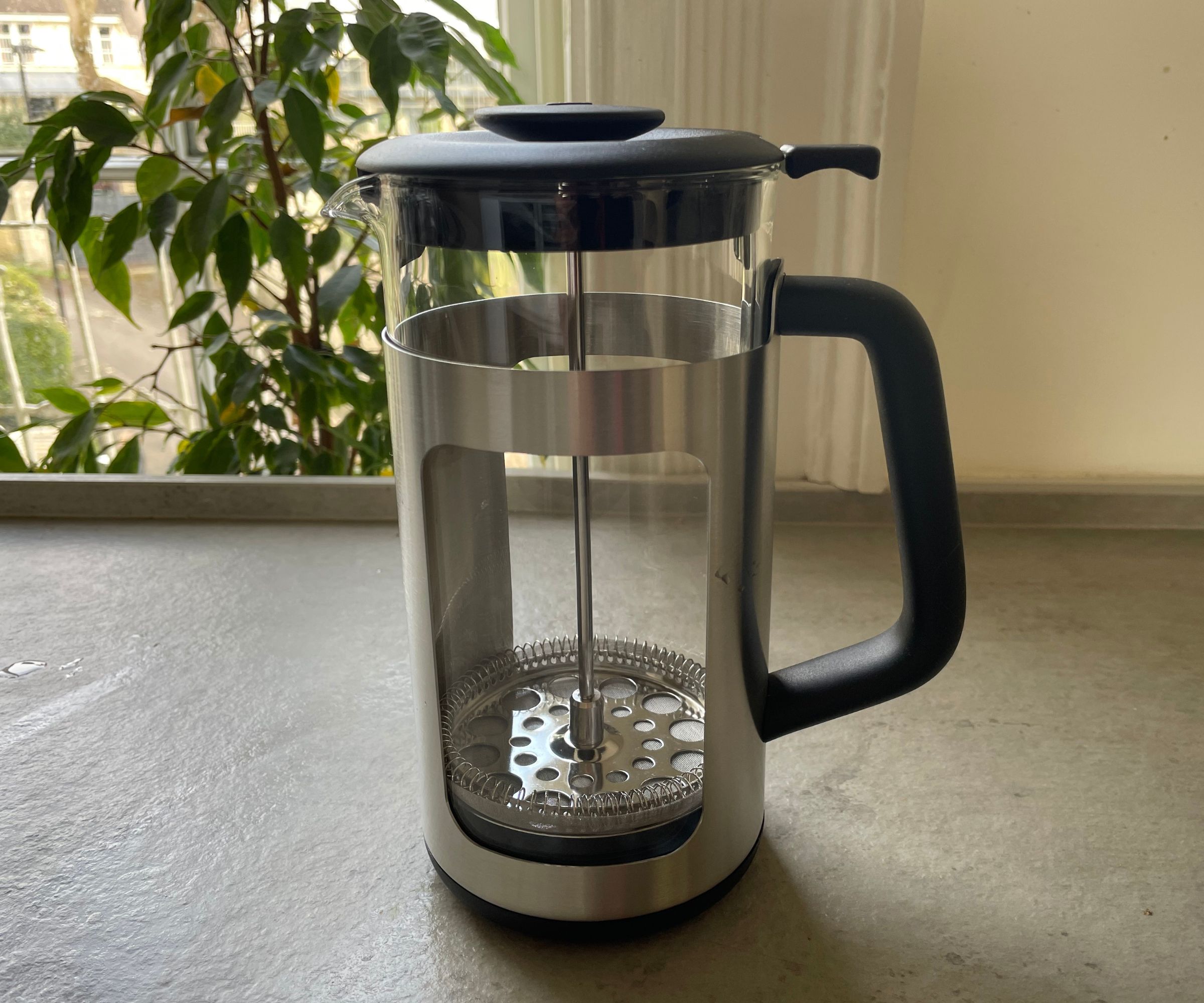
Before we dive deep into the details of how to use a French press, it's worth clarifying exactly what one of these is and how they work. Also known as cafetières and plunge pots, French presses brew coffee using the immersion method. 'As the name suggests the ground coffee is immersed in the hot water so that the coffee solubles can be extracted from the beans,' says James Gray, co-founder of Barista & Co.
'The filter is then pressed down to prevent the non-solubles, namely grounds, from getting into the cup. The pressing down of the filter has little to do with the coffee strength, it is purely there to help get a cleaner cup of coffee.'
If you haven't yet invested in a French press, it's worth taking a look at our buying guide. We have plenty of suggestions for which models make the best French presses on the market, but here are three of my favorites:
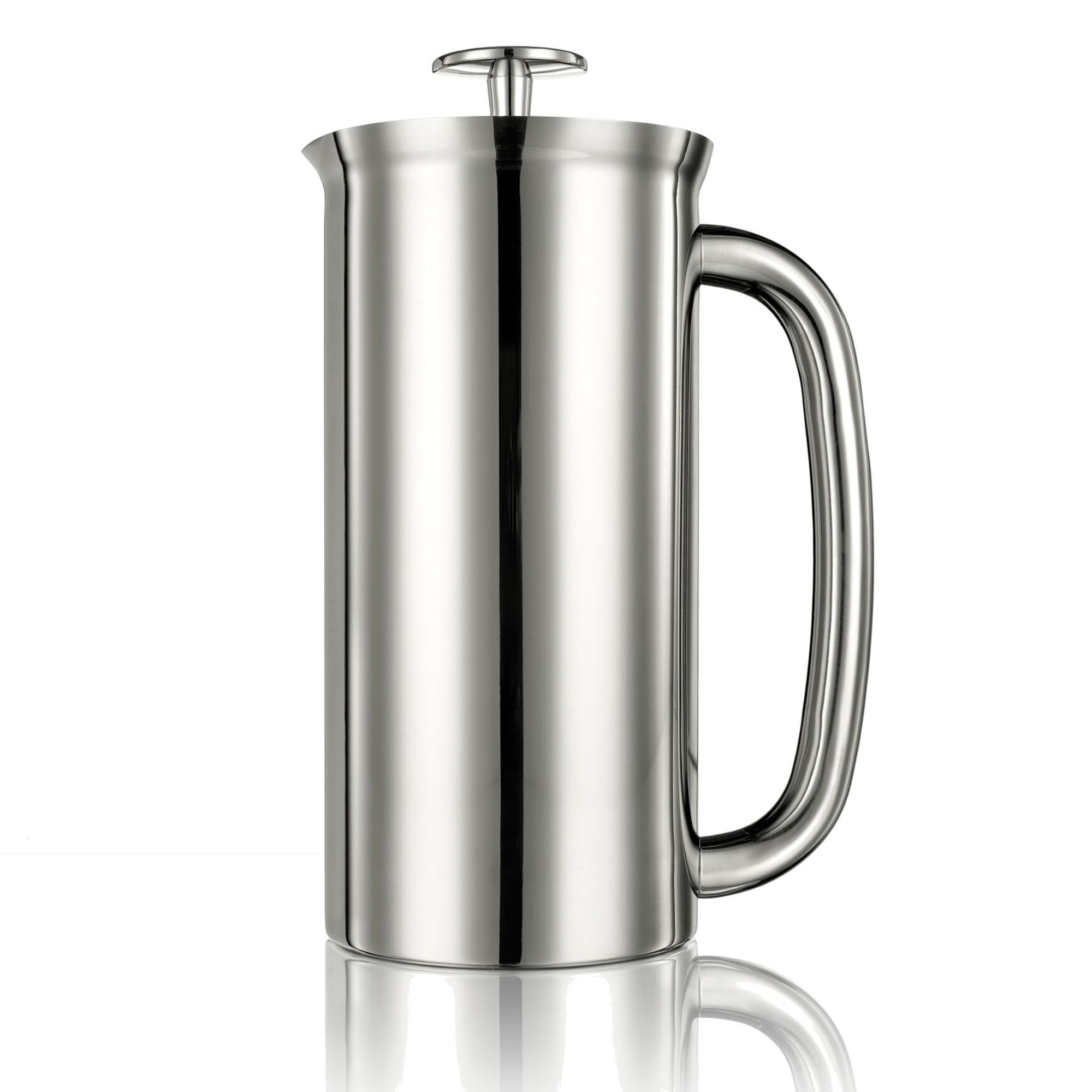
The Espro is one of the most expensive French press coffee makers on the market. It's double-walled with a tight seal and ultra-fine filter. The coffee it makes is second-to-none.
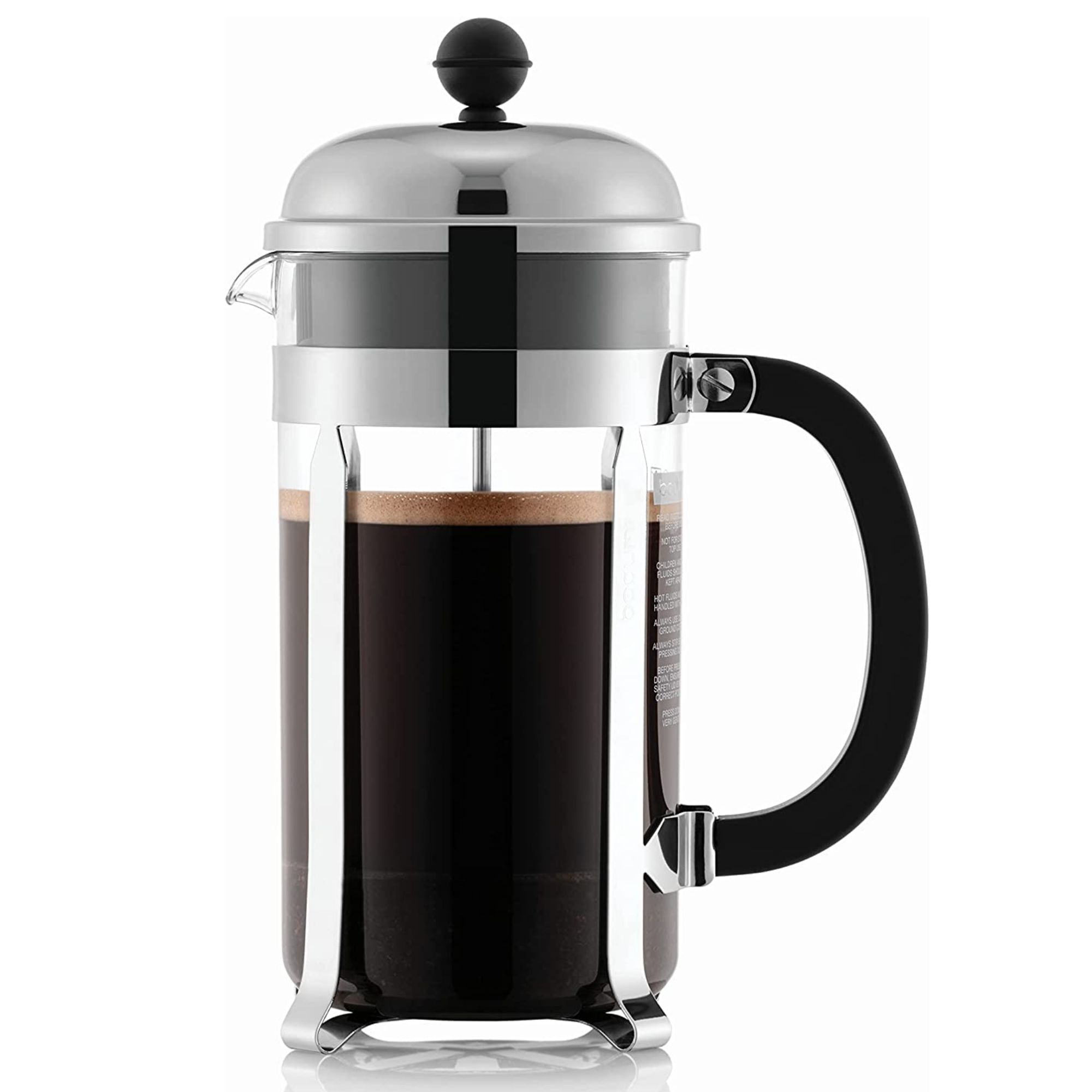
This iconic French press comes with a traditional aesthetic. It's chic and classic and brews smooth, delicious cups of coffee. It's not too expensive either.
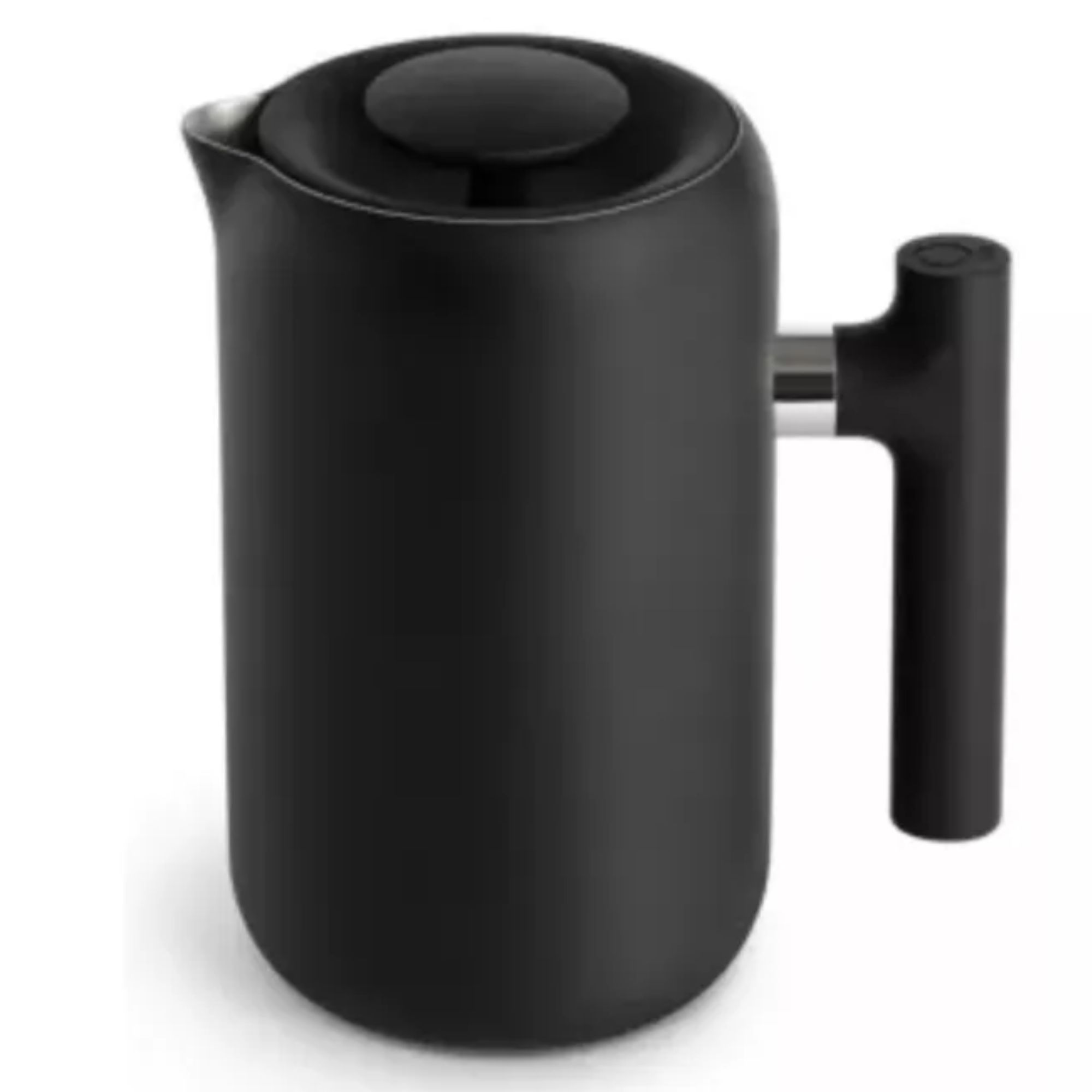
As French presses go, this is the best-designed on the market. The all-round filter gives a velvety brew. Plus, it's well-insulated and beautifully designed.
What you need to make a French press
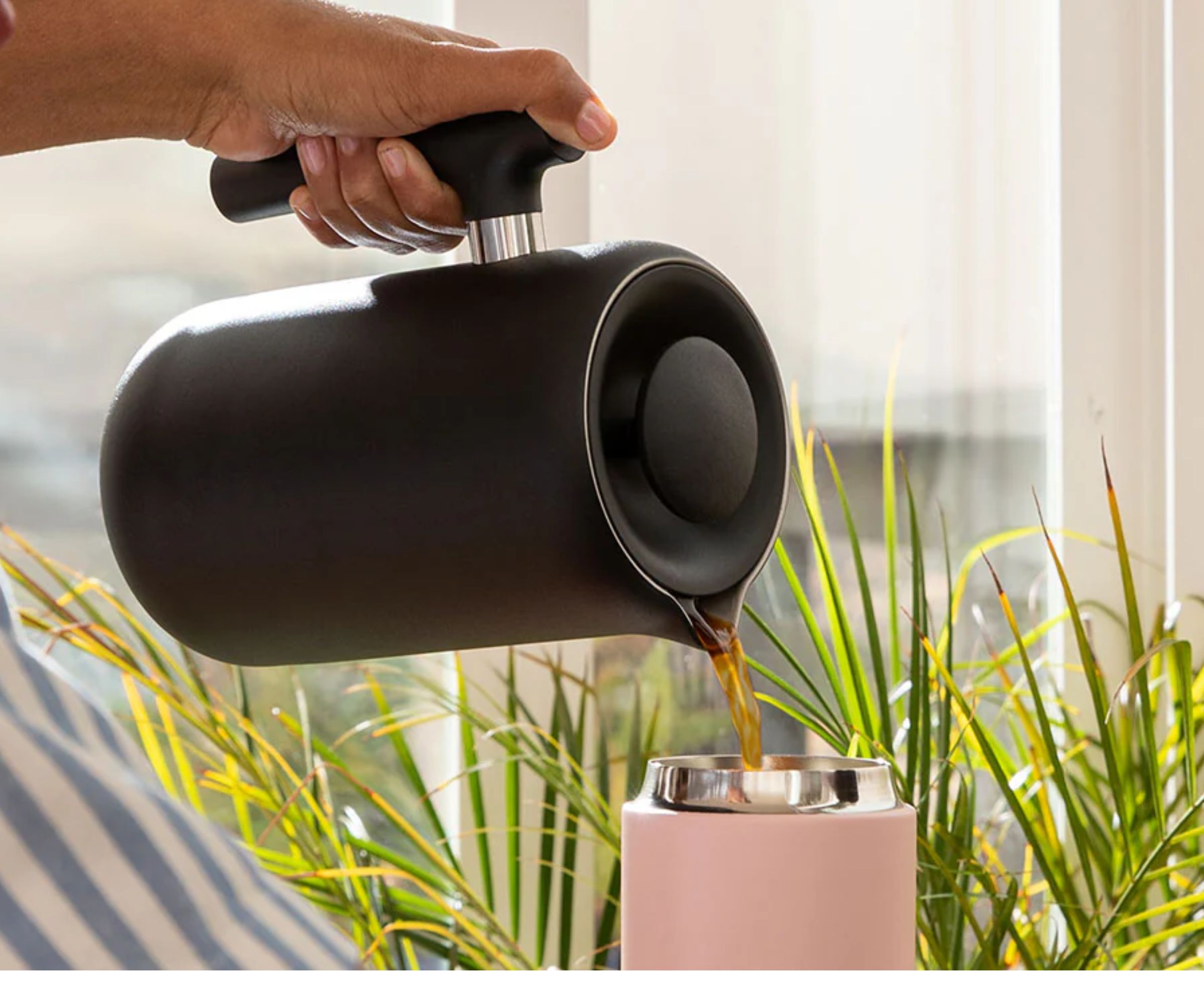
Before we get into a step-by-step guide for how to use a French press to make coffee, it's worth setting yourself up with some coffee station essentials. If you want to make a delicious cup of coffee, you'll need a good grinder and some delicious beans.
Design expertise in your inbox – from inspiring decorating ideas and beautiful celebrity homes to practical gardening advice and shopping round-ups.
We've tested and reviewed the best coffee grinders on the market and the best one for medium-coarse coffee grounds (the ones you use to make French press coffee) is the Fellow Ode coffee grinder, which is available at Amazon.
When you're picking the best beans for your French press, the choice is more subjective. You'll need to find ones that suit your tastes. James Gray says that 'French presses are equally as good for brewing lighter more tea-like coffees from the likes of Ethiopia or bolder coffees from Brazil – it is very much personal preference.'
How to use a French press to make coffee
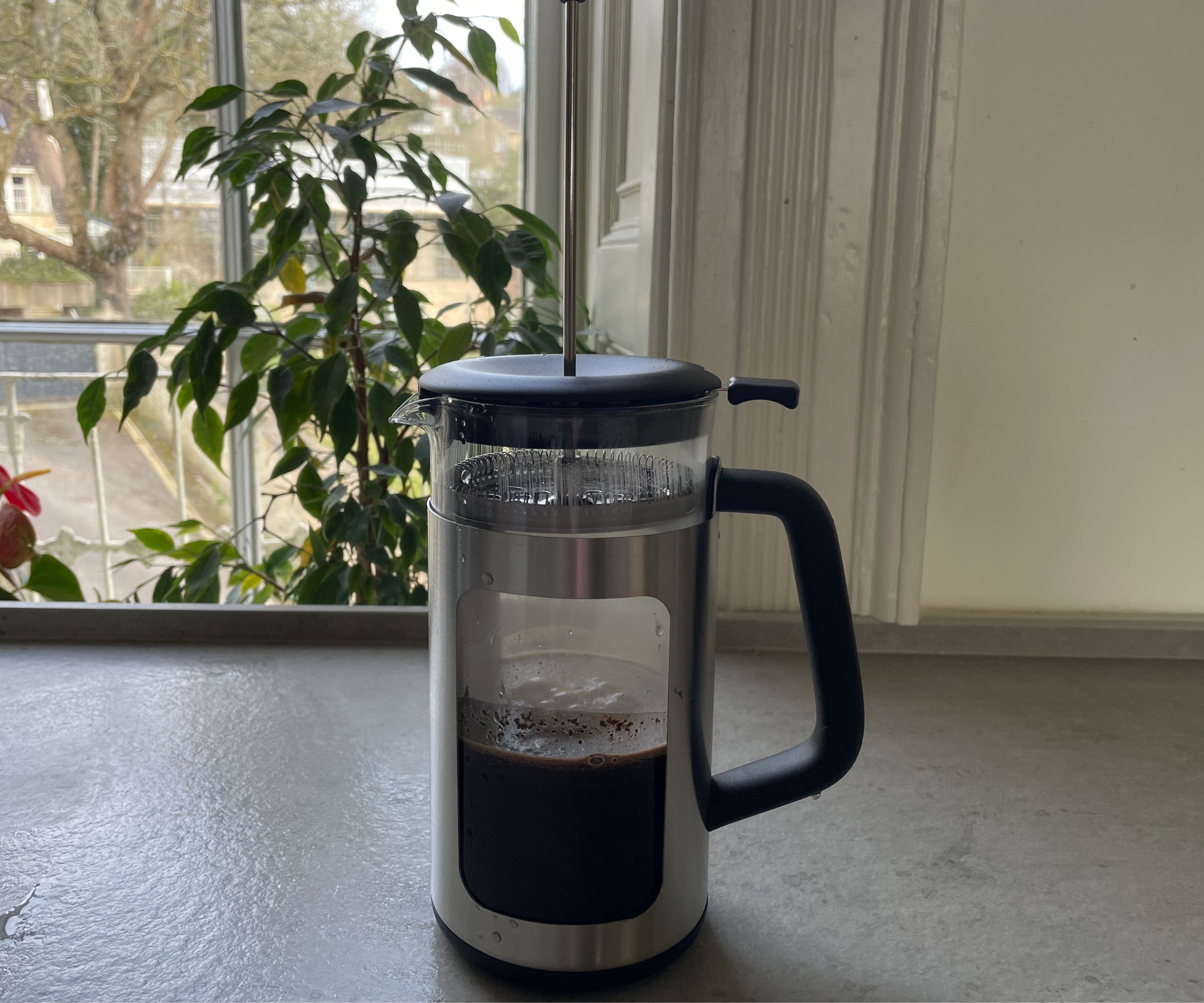
Before I do anything with my coffee, I fill up my French press with boiling hot water. I let it sit for about thirty seconds before pouring the water back out. This gets the carafe pre-warmed so that when you add coffee and water later on in the process, the carafe doesn't lose any of the all-important heat.
Then, you'll want to add your medium-coarsely ground coffee. The general rule for French press coffee is to work with a coffee-to-water ratio of 1:15. If you're making two cups, you'll want 14-16 grams of coffee for 12 oz of water.
James says: 'It's important to remember that traditionally French press sizing is based on cups with a small 350ml one being three cups and large one liter being eight cups.
'This can be confusing when buying online as the cup size relates to the old tasse cup sizes, in modern size standards a three cup is one mug and an eight cup is three mugs. It is well worth putting your French press on the kitchen scales to make your first brew as getting the coffee-to-water ratio right makes a big difference.'

Coffee pedants will tell you that you need to weigh out your coffee and, if you want consistency, you should. However, if you've seen a barista at home, they'll use a tablespoon to add their coffee grounds into the cup. Approximate measurements are fine.
Once your coffee is in the carafe, pour a small amount of water at between 195 to 200°F over your coffee. You only want to add enough to cover the grounds and then stir it around. Let the coffee sit for 30 seconds. You'll see it bubbling, which is all the CO² leaving your coffee. You don't have to do this 'blooming', but it makes your coffee taste smoother and less acidic.
Once this is done, you can pour in the rest of your water. I tend to follow a circular motion since that ensures all the coffee grounds are evenly saturated. You can give it a stir too.

Then, insert the lid and leave your French press for five to eight minutes. Less time will make for a lighter, more tea-like cup of coffee. Eight minutes will give you a stronger, bolder cup.
When you're happy with the time, slowly press down on the plunger and you'll see it filtering out all of the coffee grounds, pushing them to the bottom of your cup. Serve up straight away, or pour your coffee into another vessel. Any coffee left in the carafe will keep brewing, tasting more and more bitter as time passes.
How to clean a French press
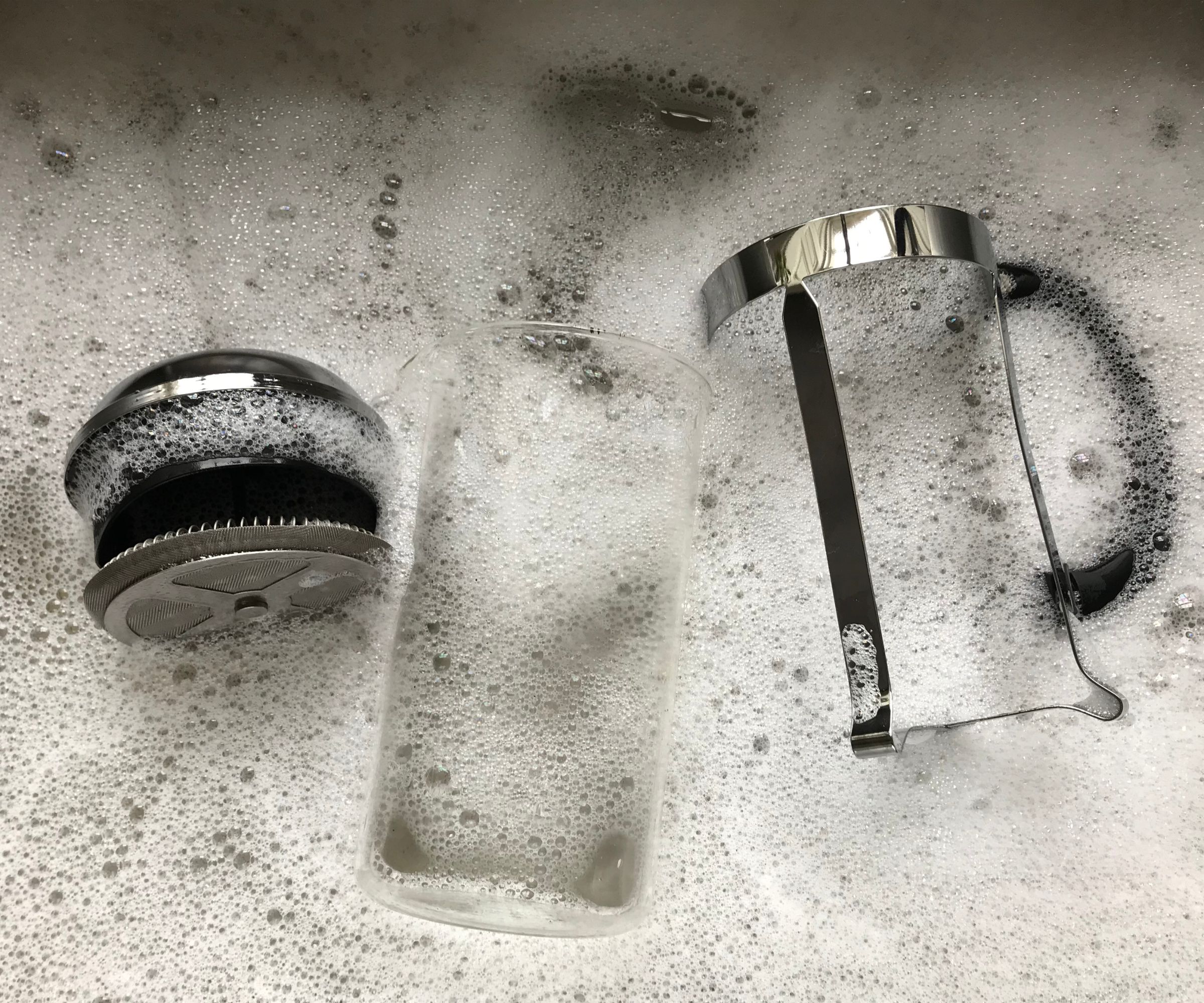
We've dedicated a whole article to how to clean a French press, so you'll find all the details of both daily and deep cleans over there. The most important thing to remember is that you need to clean your French press as soon as possible. Don't let the grounds sit in your carafe and plunger because they'll stain and become harder to clean. I recommend getting the coffee grounds out and into the food waste (or garden) and then letting the carafe soak.
On simple uses, all you have to do is wash the carafe and filter in warm soapy water. Then, once a week, take the plunger apart and do a deep clean of the filter and separate parts of the plunger.
How to make coffee without a French press

There are many other brewing techniques and ways to make coffee, which include gravity brewers such as pour-over and pressurized immersion brewers such as the Aeropress.
'Pour over is the simplest and seemingly easiest technique to make a cup of coffee but this comes with a caveat and that is that this technique can be very inconsistent and really is best if you can use your scales,' suggests James Gray.
'There is a massive community of coffee lovers who are constantly striving with equipment and methods to achieve consistent pour-over coffee; done well it can’t be beaten and who doesn't love the smell of fresh coffee brewing in front of them?
'If you prefer a stronger cup of coffee then opting for a pressurized immersion brewer can achieve this. They do not make an espresso but will give you a short black coffee that packs more punch than an Americano. This type of brewing does take a little more effort but the result is well worth it if you’re a stronger coffee drinker.'
FAQs
How much coffee do you need for a French press?
The golden ratio for French press is a 1:15 for coffee and water. That means you'll have about 15 g of coffee for 12 oz of water. I'd recommend playing with the different ratios until you find a flavor balance that you enjoy. Taste is subjective, after all.
How long is French press brew time?
Brew time may be slightly longer than you expected.
Barista & Co's James Gray says: 'We have been making French presses for 10 years and spent a great deal of time testing this in our roastery.
'We feel the optimum brew time is seven to eight minutes. In addition to this slightly longer brew time, we suggest a medium to coarse grind for a fuller flavor.'
Can I make anything other than coffee in a French press?
You can infuse oils, make cold brew coffee, iced teas, and even sangria in a French press. I've written a whole article on the alternative uses of French press coffee makers.
The fundamentals of making French press coffee are simple. You don't need to be regimented with measurements and timing, because approximations deliver flavors just as delicious. The key is to adjust recipes until you find a balance of flavors that you enjoy.

Ruth Doherty is an experienced digital writer and editor specializing in interiors, travel and lifestyle. With 20 years of writing for national sites under her belt, she’s worked for the likes of Livingetc.com, Standard, Ideal Home, Stylist and Marie Claire as well as Homes & Gardens.
- Laura HoneyeCommerce Editor